What is the purpose of this sense pin in dual MOSFET package?
It is used as a Kelvin connection for the reference voltage being used to drive the gate to reduce undesirable effects of lead inductance due when sharing gate drive and primary current flow through the same pin. The dI/dt of the primary current across produces voltage drops across the true source on the silicon and its external pin which can interfere with the gate drive signal which uses the same pin as a reference (MOSFET is controlled by the gate-source difference).
For example, when switching on, the positive dI/dt of the primary current causes a voltage drop in the source lead inductance of a specific polarity: positive at the silicon, negative at the pin on the outside of the package. If the MOSFET source pin is shared this lead inductance and voltage drop sits in series in the gate drive current loop along with gate driver outputs and gate-source capacitance. Since it is in series with the gate-source capacitance and gate driver and its polarity opposes the gate drive voltage being applied on the outside of the MOSFET package, this reduces the voltage the gate driver is able to apply across the gate-source capacitance so the MOSFET turns on slower.
Something similar happens when turning off. Decreasing dI/dt of the primary current produces a voltage drop opposite polarity compared to turn-on. This voltage is in the same direction that the gate driver would apply to turn the MOSGET on, and since it is in series with the gate driver output and gate-source when following around the gate drive current loop, the MOSFET turns off slower than it otherwise would.
- Why is the sense pin only there for high side MOSFET?
Unlike the high-side MOSFET in a sychronous converter which conducts conventional current from source-to-drain (i.e. the forward direction), the low-side conducts current in the reverse direction to act as a flyback diode so the effect dI/dt on the source lead inductance assists, rather than retards, turn-on and turn-off.
- Why is the current rating different for high side and low side MOSFET in datsheet?
The ratings are different between high and low side because they are expecting this to be used in a synchronous converter where the high-side switches power and the low side is switched to act as an ideal flyback diode whose power requirements are different.
